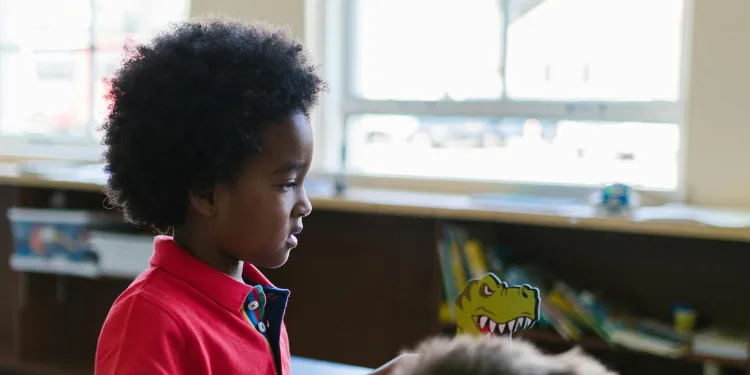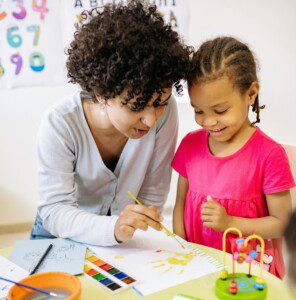
Have you ever seen a child spend hours at the park playing with bubbles, creating an imaginary world out of couch cushions, or converting terrariums into spaceships? Many parents take pictures of their children playing, post them on social media, and then tell them to come back inside because “it’s time for something important.” However, play is crucial. The truth is that play is one of the most important ways a child grows, learns, and develops, but it is frequently seen as an “extra” rather than a need. Unwittingly, many parents prioritize homework, planned activities, or screen time over unstructured play, believing that they are providing their kids an edge. However, decades of study show that play is more than just enjoyable; it is the cornerstone of a child’s cognitive, emotional, social, and physical development. When children have the opportunity to play freely, they are not only engaged in enjoyable activities. Still, they are also developing their problem-solving abilities, learning how to share and negotiate, experimenting with their creativity, and even processing feelings that they are not yet able to put into words. Consider your youngster engaging in “house” play with pals, where they role-play real-life scenarios, learn empathy, improve their communication skills, and even acquire leadership qualities. That’s more than simply fun; it’s preparation for life.

Play enhances fine motor skills, balance, and coordination. Despite being “the wrong way,” those trips up the slide are helping to develop muscle strength and risk assessment abilities. All those hours spent dancing, climbing, and running? The kid is simply “having fun” while simultaneously increasing their cardiovascular fitness, flexibility, and stamina. Play is the environment where children learn the art of relationships. They know how to share, how to accept setbacks, and how to settle disagreements without outside intervention. Children are learning compromise and resiliency, skills that will be necessary for the remainder of their lives, even in times of conflict, such as when someone shouts, “You’re no longer my friend!” Play provides a healthy outlet for stress, worry, and anger on an emotional level. Your child might be processing a real-life problem when they pretend to be a superhero rescuing the world. They could be processing a recent visit to the doctor’s office if they arrange their plush animals in preparation for a fake checkup. Children can process intense emotions through play in a way that is both empowering and secure. And play is intellectual nourishment. It stimulates critical thinking, creativity, and curiosity. Spatial awareness and basic mathematical abilities are taught via block construction. Pretend play improves language acquisition and narrative skills. Even silly games like “I Spy” teach observation, memory, and concentration. However, parents frequently unintentionally undermine play by overburdening their children with organized sports, academic coaching, and screen-based entertainment, leaving them little time for the kind of messy, spontaneous, creative play that drives development. Particularly, screens are difficult to navigate since too much passive use deprives youngsters of the chance to develop their thoughts and stories, even though some educational apps can aid learning. Space is necessary for play, both physically and emotionally, which means that sometimes you have to let your kid become “bored” by taking a step back.

Creativity is frequently sparked by boredom. Consider this for those who are concerned that play is a waste of time: a youngster constructing a Lego tower is not simply putting bricks together; they are also developing their patience, tenacity, and understanding of physics. When a youngster pretends to be a dragon while running about the yard, they are not only making noise but also building their narrative thought and self-assurance. Our responsibility as parents is to safeguard playtime as fiercely as we do mealtimes and bedtimes. This may involve rejecting another extracurricular activity so your youngster has free afternoons. This could entail refraining from “correcting” their play and rather observing, participating, or posing questions to stimulate their creativity, such as “What happens next in your story?” Additionally, it entails giving basic equipment like blocks, art materials, costumes, and balls in a safe atmosphere, but not telling people how to utilize them. Play also changes as children develop; it’s not only for toddlers. Even if it manifests as sports, board games, creative pursuits, or nature exploration, older children still require play. Playful activities are beneficial even for adolescents since they foster creativity, social interaction, and stress reduction. And perhaps most importantly, when parents play with their children, it sends the message,
“I value your world, your ideas, and your joy,” while also fostering emotional connections. Play is one of the most potent presents you can give children in a society that frequently forces them to mature too quickly. Therefore, the next time you see your youngster creating forts out of blankets or making up a game with plush toys, keep in mind that what you are watching is not simply playtime but rather a magical process that is building their brain, expanding their heart, and preparing them for life.
Post Disclaimer
Utilizing my own personal experiences as well as my background as a Registered Nurse, I share my enthusiasm for travel and health on this blog. Though I love what I do and sometimes talk about tactics for modest health improvement, keep in mind that the material provided might not be exact. The material herein is just for self-improvement. The content shared draws on my own experiences, thoughts, and stories. With this in mind, readers should consult their healthcare providers about any concerns they may experience.
Since each person has a different health path, what helps one person may not help another. Readers should consult their personal healthcare providers for personalized guidance based on their individual needs and circumstances. Rather than replacing the professional, my goal here is to inspire, enlighten, and start conversations that improve and make life more fulfilling relations between you and your medical staff.